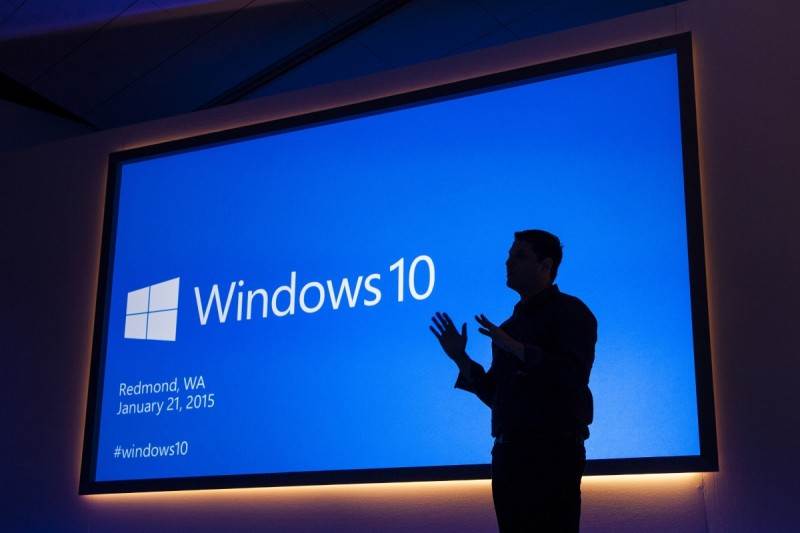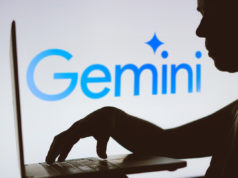Software giant Microsoft said on Wednesday that it will offer its new Windows 10 operating system free to existing customers. At a media event on its Redmond, Washington, campus, Microsoft said Windows 7 and 8 users would be able to upgrade their computers to Windows 10 free of charge for the first year after the new OS is introduced.
The company said it will make the same offer for people who use Windows Phone 8.1, the latest version of its operating system for mobile phones. Windows 10 is expected to be released later this year.
The announcement of the free upgrade is part of an attempt to bring more software developers over to Microsoft technologies. The move also aims to help Microsoft get the hundreds of millions of people running older versions of Windows to upgrade quickly to the newer version. That should give software developers a much larger audience of users running the same operating system.
Many software developers, especially makers of popular consumer applications, have largely moved away from Microsoft in favor of mobile technologies made by Apple and Google. By no longer charging for upgrades, Microsoft is also emulating Apple, which has shown the ability to get users of its Macintosh computers to keep their systems updated with new operating systems.
Cortana Included
Microsoft also said Windows 10 would include a version of Cortana, the digital assistant that was previously available only for Windows Phone. This marks Cortana’s PC debut, and it delivers notifications and responds to voice commands more extensively than before. Cortana can now be used to call up PowerPoint presentations, search for photos taken during a specific time frame, dictate and send e-mails, and get weather forecasts.
During Microsoft’s media event, the company demonstrated what the new OS will look like on phones and tablets. According to reviewers, the operating system is multi-platform, and is compatible with computers, mobile devices and Xbox gaming consoles.
The new operating system aims to provide a seamless experience across devices, allowing users to pick up where they left off on another platform. Windows 10 is backed up by a universal app store that hosts desktop, smartphone and tablet software.
Welcome Back, Start Menu
The debut of Windows 10 also marks the return of the Start Menu, which was notoriously omitted from Windows 8, to the displeasure of many users. During its briefing, Microsoft showed off integration possibilities of the OS between the mobile and PC editions. For example, users can dismiss notifications in the Action Center on a mobile phone and they will disappear on the PC. The background image instead sits behind the user interface tiles.
Microsoft also debuted its “Project Spartan” Web browser to accompany Windows 10. The browser is designed to work on both touch and non-touch devices.







